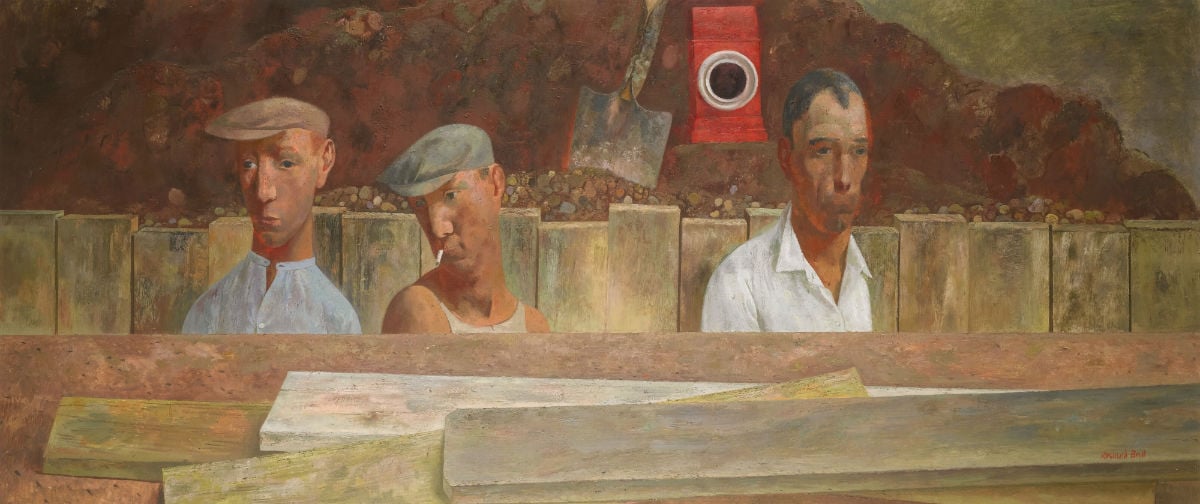
Sotheby’s inaugural Made in Britain sale sends a clear message: There is still room for growth in the modern British market.
Gathering 243 lots, the sale realized £2,311,777 (US$3,844,890), exceeding its presale estimate of £1.2–1.8 million (US$2–3 million). It was sold 85.4 percent by lots and 93.4 percent by value.
Made in Britain combined visual art with photography, furniture, prints, and studio ceramics—a relatively novel approach in tune with changing collecting habits. “Collectors don’t just collect paintings or sculptures,” Lydia Wingfield Digby, the deputy director of Sotheby’s modern and postwar British art department in London, told artnet News. “They collect across the board, and that’s what we were trying to do in this sale.”
As expected, household names performed well. Barbara Hepworth’s bronze Maquette (Variation on a Theme) fetched a handsome £76,900 (US$128,177), surpassing its lower estimate of £30,000 (US$50,000) by more than double. Op Art grande dame Bridget Riley also flew well past the presale estimates: Her screenprints on Plexiglas, Untitled (Fragment 2) (S. 5B) and Untitled (Fragment 6) (Schubert 5F) (1965) sold for £40,000 (US$66,672) and £37,500 (US$62,505), respectively.
But Made in Britain also had several surprises in store. The top lot was an oil on board by the English Social Realist painter Reginald Brill. Entitled Excavators, it sold for
£80,500 (US$134,177), more than eight times its lower presale estimate. This is a record for the artist, whose previous record dates back to 1998 (£38,900/US$64,032 for his 1956 oil on canvas Rest).
“This sale presented an opportunity for us to introduce new artists to the market, and almost create a market for these artists,” Wingfield Digby commented. Not all the Brill on offer did well, though. The two other pieces by the artist were bought in, suggesting that the Brill market is still the preserve of well-informed connoisseurs.
The third best lot of the sale presented a similar scenario. A 1940 gouache initial study for the poster ‘Can Spring Be Far Behind,’ by the relatively obscure painter John Armstrong, sold for £74,500 (US$124,177), more than 10 times its high estimate. The tulip motif it represents seems to be particularly sought after among collectors. In 2006, another of Armstrong’s tulips, Surreal Landscape (1940), also smashed its presale estimate, selling for £6,600 (US$11,538) against an estimated £600–800 (US$1,000–1,331).
Made in Britain was targeting collectors more modest than most of Sotheby’s sales, which overwhelmingly focus on the highest end of the market. Wingfield Digby warned it didn’t necessarily mean a radical change of direction for the house. “This sale is probably a bit unique—we are using it as a platform to reach new clients,” she said. But the success of this first edition is likely usher in a second Made in Britain sale, “probably around the same time next year,” the deputy director confided.